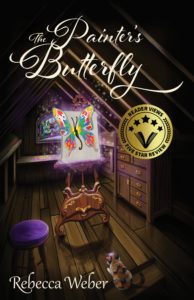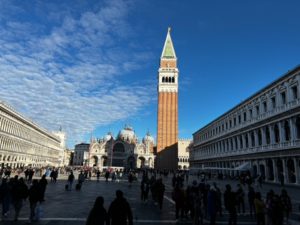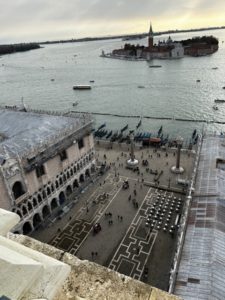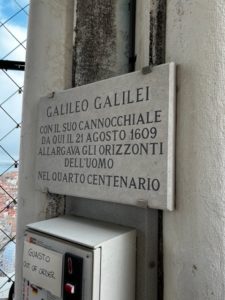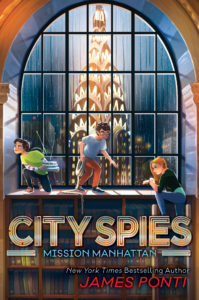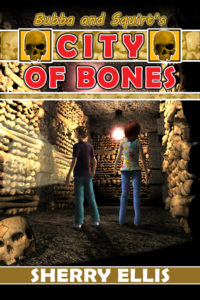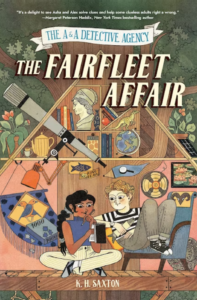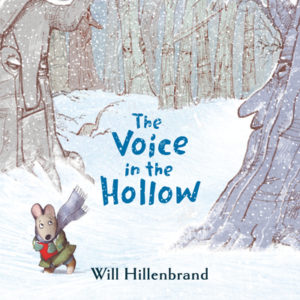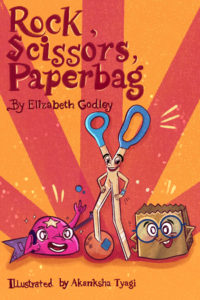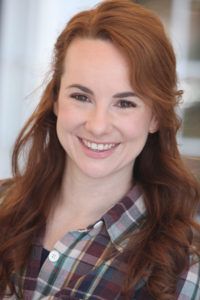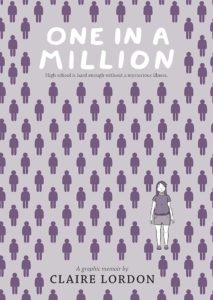“Coping with Creative Arts”
From the time I could speak, I wanted to be a teacher! I bet you thought I was going to say author. But professional writing seemed like the kind of career that only lottery winners and famous-people-who-were-not-me could achieve. I spent much of my childhood bossing around my younger sister and cousins, forcibly sitting them in front of a stand-up chalkboard and passing out quizzes to be sure they were paying attention to my genius lesson plans. With each scrape of the chalk against the blackboard, I had not a single doubt that teaching was the career path meant for me.
Fast forward to student teaching in college and I got a hard dose of reality real fast. Education is stressful for everyone involved: administrators, teachers, and students alike. While I loved working with kids to enhance their wonder of the world, the nearly unattainable standards and diversity of learning styles threw me for a loop, not-to-mention my undiagnosed anxiety acting as my own worst enemy. I made it through student teaching mostly emotionally intact, and one of my favorite memories of the whole experience was when I created a poetry unit for my fourth grade class. I’d been head-over-heels for poetry since elementary school, and surely the kids would explode with excitement over poetry too.
Not exactly! I got quite the mixed response to my unit plan. Some kids took a very simple approach, creating poems that rhymed but didn’t have much personal significance. Some kids stared at me like I’d grown three heads when I brought up “haikus” and “syllables” and “structure.” I’m sure they were thinking “Poetry is for old people long dead. What’s it matter to me?.” However, there were a select few that completely transformed through the week or two of my unit. One boy in particular, an athlete and class clown, read multiple poems in front of the class, each with deep emotional significance and obvious natural talent. He had never written poetry in his life, and yet his words entrapped me, bared his soul for everyone to see. Without it, I probably wouldn’t have glimpsed his ‘truth’. Proud isn’t a strong enough word. I’ll never, ever forget how poetry helped him unfurl his vulnerability.
Poetry is but one of many forms of art essential to living. I’m of the belief that everyone should have something in which to channel their passion. With anxiety and mental illness pervading current day society as it does, the arts have never been more necessary (or underappreciated). Creative arts allow people to see and understand themselves, to sort through emotional struggles or questions in a proactive and beautiful way. And yet, education insists that tests are the true measure of learning. I taught preschool for many years in a private school because it gave me the freedom to teach kids in a way that suited them best. Preschool makes self-expression a priority through fun first: singing, arts and crafts, dance, and active play. As teachers, we wove academic learning into those artistic activities. And the kids were better for it. Preschoolers are essentially at an age where they’re learning to be functioning humans, but who decided that once kids reach elementary, middle, or high school they’ve suddenly achieved full self-awareness? The idea seems ludicrous to me.
In my debut middle grade novel, The Painter’s Butterfly, 12 year-old foster child, Nova, uses her innate talent for drawing to cope with a lifetime without a permanent home. In fact, I’d say the only reason Nova survived her nomadic lifestyle is because of her art. She finds a kindred spirit in her newest guardian, painter Mr. Russell, and they use their mutual love of art to build a positive bond with one another. While The Painter’s Butterfly is a work of fantasy and fiction, the creative arts hold the same merit and potential in our everyday lives. Writing, painting, drawing, music, you name it…each allow us to channel confusing emotions into something tangible that can be more easily understood. The arts allow us to truly be seen.
The creative arts put human passion and well-being ahead of everything else, and I know many educators who utilize these incredible tools in their classrooms, despite the “teaching to the test” mentality.. I hope one day society puts the arts on their deserved pedestal, but until then…
Have you been creative today?
Published February 7th, 2023 by Kinkajou Press
About the Book: What if art could come alive and guide you home?
Twelve-year-old foster child Nova longs to find her one true home. When jealousy of her art ability upends her most cherished placement, Nova’s dropped in the middle of nowhere to live with painter Mr. Russell in his ramshackle farmhouse.
While exploring, Nova sneaks into the attic and discovers a magical easel that brings paintings to life. She puts her art skills to the test and gets caught in a whirlwind adventure, complete with rainbow butterflies, a devious leprechaun, and a journey to the rainforest.
Following the magic, Nova stumbles upon an underground cellar that houses a startling secret. She’s forced to choose: escape to a prior foster home, or mend her relationship with Mr. Russell. Nova makes a dangerous mistake when she strikes a match of revenge. She must survive the inferno to learn the true meaning of home.
About the Author: Rebecca is a Midwestern girl with a lifelong passion for books! She spends most of her time nurturing her baby girl and two Boston Terrier fur-babies, and flipping houses with her realtor husband. It took fifteen years to find the courage to craft her first novel, The Painter’s Butterfly, but now she’s never letting her feather pen go! While she misses teaching preschool-aged children their ABC’s, Rebecca is thrilled to have the chance to reach middle graders worldwide with her fantastical stories.
Social Media Info:
Twitter: @RWeberWrites
IG: rebeccaweberwrites
Facebook: Rebecca Weber – Author
TikTok: @rweberwrites
Email: rebeccaweberwrites@gmail.com
Thank you, Rebecca, for reminding us of the importance of creativity!
